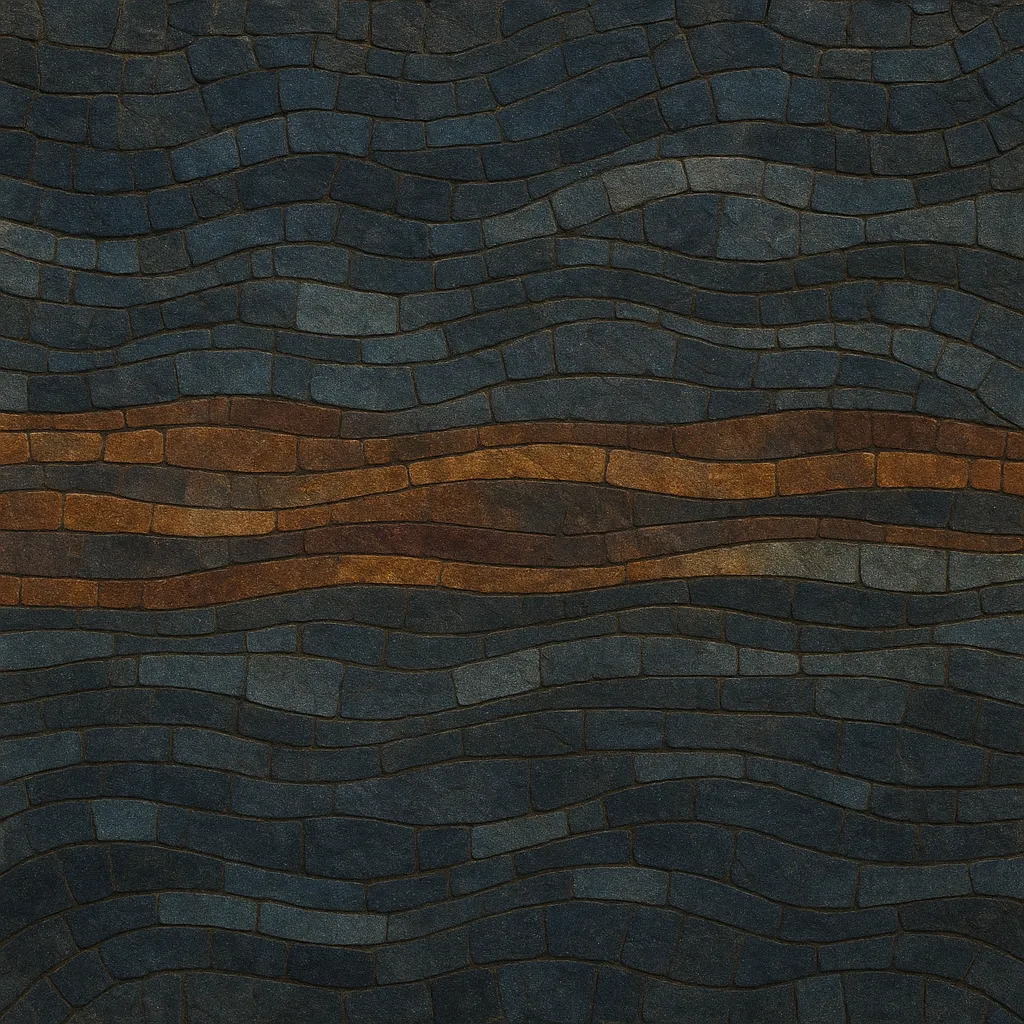Drone is a minimalist music genre defined by sustained tones, long durations, and extremely gradual change. Harmony is often static or centered on a single fundamental with subtle overtone shifts, while rhythm tends toward stasis or very slow pulses.
Sound sources range from acoustic instruments (e.g., strings, organ, bagpipes, shruti box, tambura) to electronics (sine waves, oscillators, feedback, tape loops, and later digital synthesis and processing). Many composers favor just intonation or other alternative tuning systems to emphasize beating patterns, psychoacoustic effects, and the internal life of sound.
Although drone as a sonic principle is ancient and global, the modern experimental genre cohered in the 1960s through the New York minimalists and related avant‑garde circles, then spread into ambient, experimental, and heavy music scenes. The focus is less on melody and more on timbre, resonance, and the phenomenology of listening.
Drone as a modern experimental genre crystallized in 1960s New York. La Monte Young’s work (e.g., Trio for Strings; The Well‑Tuned Piano) and his Theatre of Eternal Music with Marian Zazeela, Tony Conrad, John Cale, and Angus MacLise established a practice of sustained tones, just intonation, and long-duration listening. Their interest in Indian classical music (via raga traditions and singers such as Pandit Pran Nath) deeply informed the aesthetic of continuous pitch centers and microtonal inflections.
Across the 1970s and 1980s, figures like Éliane Radigue (ARP 2500 tape works), Charlemagne Palestine (strummed piano and organ drones), Phill Niblock (dense microtonal layers), and Pauline Oliveros (Deep Listening) broadened the idiom. Techniques from tape music, electroacoustics, and site‑specific performance emphasized timbre, room resonance, and psychoacoustics. Drone’s ethos intersected with sound art and experimental composition well beyond traditional concert settings.
The 1990s saw drone merge with ambient and isolationist currents (e.g., Thomas Köner, Stars of the Lid) and seed heavier hybrids: Earth’s Earth 2 (1993) pioneered the slow, amplifier‑based approach that informed drone metal. Independent labels and long‑form recordings encouraged immersive listening and a collector culture around cassettes and vinyl.
In the 2000s, artists such as Sunn O))) codified the monumental, live‑amplified variant, while others explored laptop processing, granular techniques, and modular systems. Streaming platforms and spatial audio renewed interest in extended-duration works, field recording integration, and site-specific performances. Drone continues to inform ambient, noise, post‑rock, sound art, and film scoring while retaining its core focus on sustained tone, resonance, and the perception of time.


